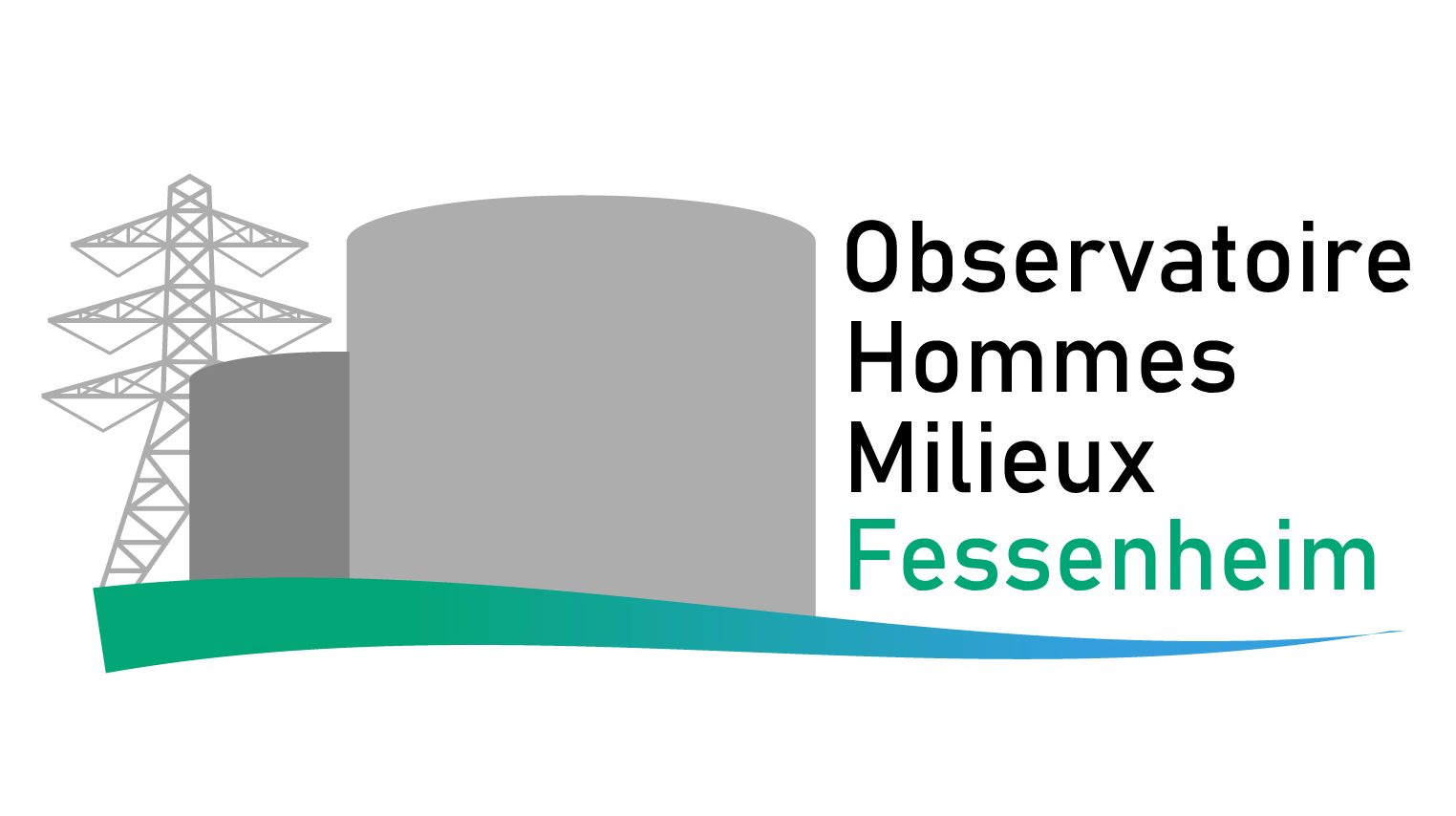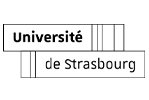Sediment dynamics and composition to characterize the two last centuries trajectory of human impact in the upper Rhine
Assessing the effects of remediation measures to minimize impacts of human activities on the environment currently represents a major challenge for environmental scientists and policy-makers. Evaluating the effectiveness of measures undertaken in hydrosystems over the last decades to improve the chemical quality of river sediments is thus crucial. This, in turn, may strongly favour future efforts for ecological river restoration. Against this background, geochemical surveys are often based on a monitoring of the quality of both water and suspended matter at local measurement stations. However, similar approaches use dated sedimentary records, thereby offering the twofold advantage of (i) extending the temporal framework to past activities and (ii) considering several geomorphological units along and across the hydrosystem. This study focusses a ~100 km long reach of the Upper Rhine fluvial hydrosystem, from Neuf-Brisach to Strasbourg. This reach has been heavily altered by (i) several engineering works and (ii) important industrial contaminant releases. In this context, this study aims at reconstructing the spatio-temporal evolution of the sediment deposits, as well as their mineralogical and chemical composition (metal concentrations). As sediment deposition varied longitudinally and laterally, the study consisted first in an unprecedent detailed diachronic hydromorphological analysis, based on old maps, diachronic thalweg longitudinal profiles, microtopography (LIDAR), historical infrastructures as dikes, surface water/groundwater levels, flood record, etc. On this basis, five sediment pits were dug and sampled. The sediment chemical composition is compared to grain size and mineralogy. In addition, accurate depth-age models for each pit, based on a combination of luminescence, radiochronometric, geomorphological and hydrological methods, open the discussion about the link between sediment deposition and composition, engineering works and industrial development of the Rhine valley upstream the studied reach. The results may also allow discussing the hypothesis that paleo-channels cut by the Rhine’s regulation and filled by fine sediments are major pollution hotspots in the hydrosystem in which pollutants have accumulated over time.




